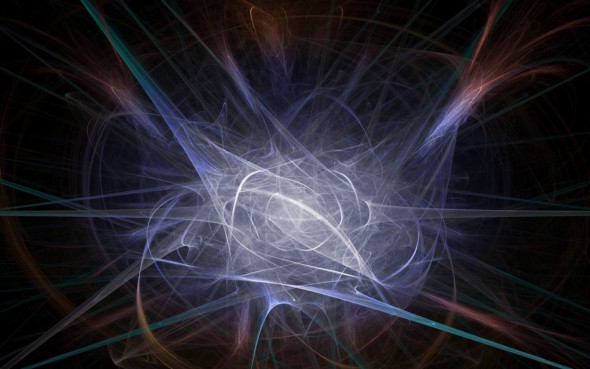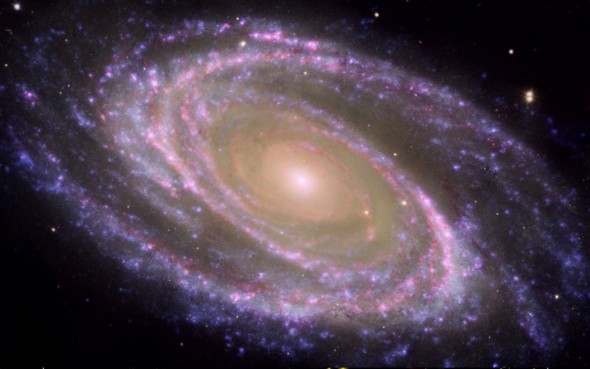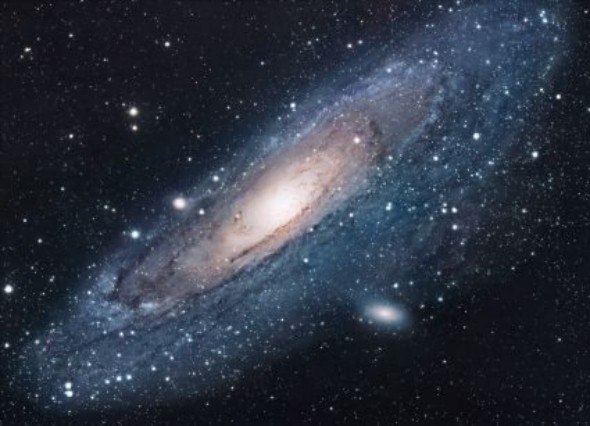One of the most important theories of modern cosmology is that the universe began with the Big Bang. This course is not just an idea but a scientific theory supported by much evidence. For starters we have the theory of the cosmic microwave background, the continued expansion of space and that the abundance of primordial elements. Yet scientists are still wondering what is what initially caused the Big Bang. For many years cosmologists believe that the universe was created spontaneously, that the Big Bang was the result of quantum fluctuations and how the universe came into being from nothing. This is perfectly reasonable, given what we know about quantum mechanics, states an article in Physics arXiv Blog.


But physicists need something more. A mathematical proof that gives flesh and bones on the idea. Their wish came true through their performance thanks to the work of Dongshan He and his colleagues at the Institute of Physics and Mathematics, Wuhan Institute of Physics and Mathematics in China. This research team found the first rigorous proof that the Big Bang could indeed have occurred spontaneously due to quantum fluctuations. This new proof is based on a specific set of solutions, a mathematical entity known as Equation Wheeler-DeWitt. In the first half of the 20th century cosmologists have struggled to reconcile the two pillars of modern physics quantum mechanics and general relativity in a way that will be described in a reasonable way the universe.


A breakthrough came in the 1960s, when physicists John Wheeler and Bryce DeWitt combined these two incompatible ideas in a mathematical framework, known today as the equation Wheeler-DeWitt. The Dongshan and colleagues exploration some new solutions of this equation. At the heart of their thinking is the uncertainty principle of Heisenberg. This allows the possibility of a small gap, due to fluctuations that physicists call metastable false vacuum. When this happens, there are two possibilities. If the bubble of space does not expand quickly disappears almost immediately. But if extended enough, then created a universe irreversibly. The question arises, however, is this: to allow this equation Wheeler-DeWitt.

We are proving that once created a small bubble metastable vacuum has the opportunity to expand exponentially, said the researchers. The approach of Dongshan and his colleagues, speaks of a spherical bubble which is described entirely by the radius. Then calculate the equation that describes the rate at which they can extend this range and then consider three scenarios for the geometry of the bubble: closed, open or flat. For each of these cases find a solution, whereby the balloon can be expanded exponentially and consequently reached such a size that can be created a universe a Big Bang.
By Nicole P.



